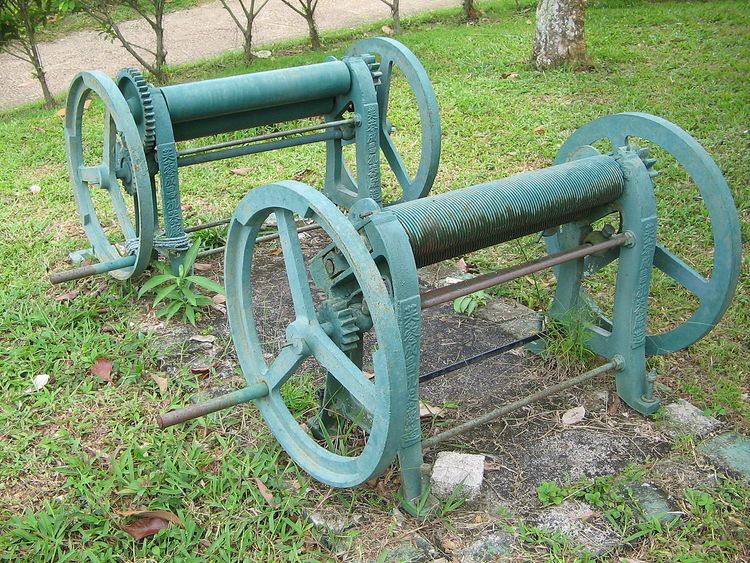 | ||
Crepe rubber is coagulated latex that is rolled out in crinkled sheets, commonly used to make soles for shoes and boots but is also a raw material for further processed rubber products.
Contents
Processing
Colloidal latex is first mixed with formic acid to cause it to coagulate. The coagulum is processed in a "creping battery", a series of machines that crush, press and roll the coagula. The sheets are hung in a heated drying shed and then sorted by grade and packed for shipping.
Types
There are several types and grades of rubber crepe, mainly distinguished by the grade and pre-processing of the latex used in their manufacture.
References
Crepe rubber Wikipedia(Text) CC BY-SA
